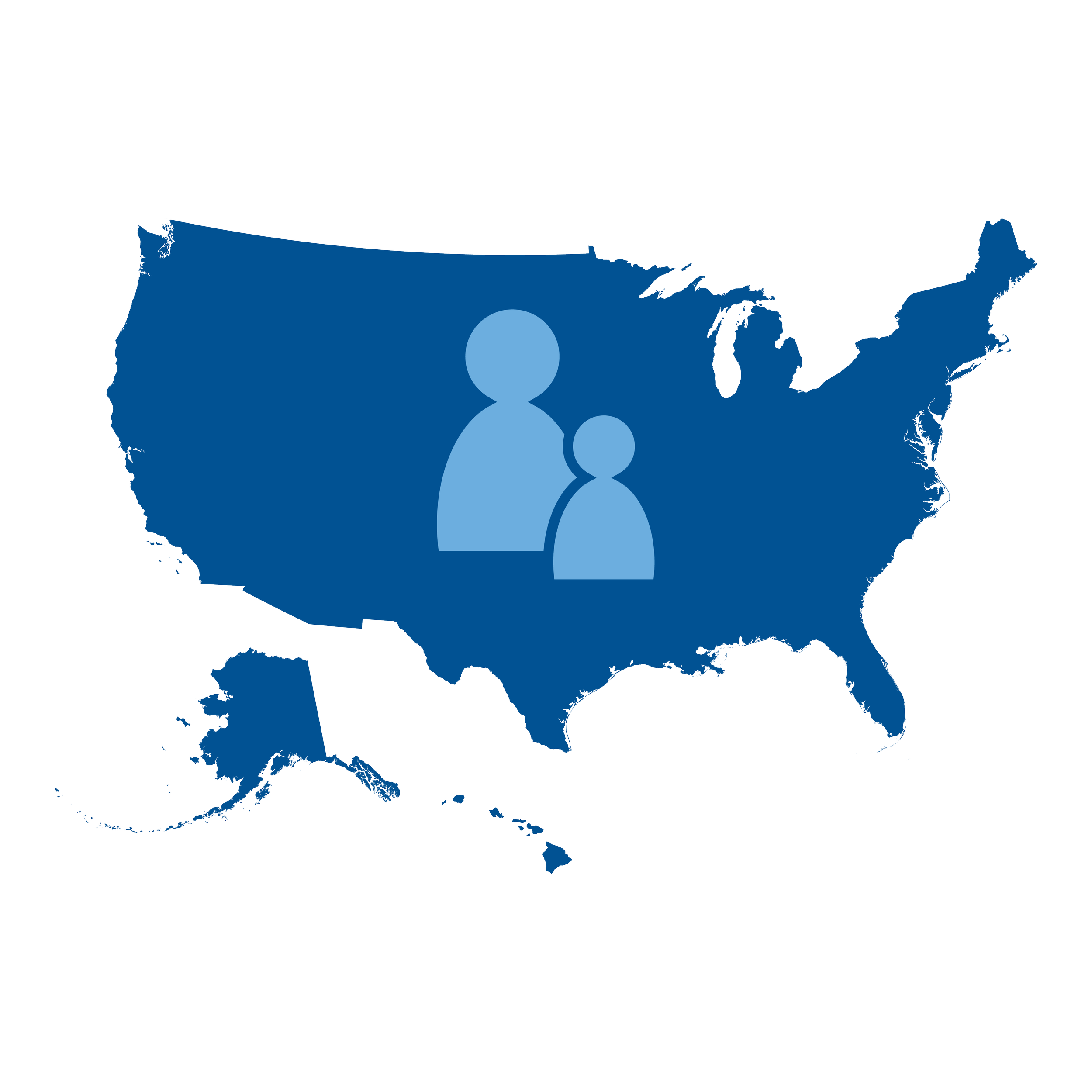
State Child Tax Credits and Child Poverty: A 50-State Analysis
This report by the Institute on Taxation and Economic Policy and the Center on Poverty and Social Policy at Columbia University on behalf of Share Our Strength details state options on how to use state Child Tax Credits to dramatically reduce child poverty.

The Benefits and Costs of a U.S. Child Allowance
This benefit-cost analysis of a U.S. child allowance indicates that making the $2000 Child Tax Credit fully refundable and increasing benefits to $3000/$3600 would cost $97 billion per year and generate social benefits of $929 billion per year, a very strong return for the U.S. population.

Keeping Up with Inflation: How policy indexation can enhance poverty reduction
As families across the United States contend with record-high inflation, the values of several government benefits and tax credits are not keeping up. This paper, published by the Century Foundation, examines the antipoverty potential of one policy, the expanded Child Tax Credit, under different scenarios to shine a spotlight on the importance of inflation indexation for optimizing the antipoverty effects of government policies.

The EITC and the CTC Give Temporary Income Boost to Low-Income Families
Due to refundable tax credits, monthly poverty fell from 14.4% in February 2022 to 10.8% in March 2022, and for children from 16.7% to 9.9%.

Monthly Cash Payments Reduce Spells of Poverty Across the Year
Taking the expanded Child Tax Credit under the American Rescue Plan and the existing Earned Income Tax Credit as examples, this brief shows how monthly benefit delivery has the power to smooth within-year volatility in incomes and reduce child poverty year-round.

The Potential Poverty Reduction Effect of the American Families Plan
We find the proposed American Families Plan–which continues a set of pandemic-era supports, with additional anti-poverty policies–could reduce the national poverty rate in 2022 by nearly one-quarter and child poverty by nearly half.

The Potential Poverty Reduction Effect of the American Rescue Plan
We find that an economic relief package with an expanded Child Tax Credit, nutrition assistance, unemployment benefits, stimulus checks, and more could cut child poverty by more than half in 2021.

The Costs and Benefits of Expanding the Empire State Child Tax Credit in New York City
Research finds that cash and near-cash benefits increase children’s health, education, and future earnings while also decreasing costs with respect to health, child protection, and criminal justice. We find that expanding the Empire State Tax Credit to $1,000 per child for all children in New York City under 17, with the exception of high-income families, would cost about $1.1 billion and would generate about $9.8 billion in benefits to society.

The Costs and Benefits of Expanding the Empire State Child Tax Credit
Research finds that cash and near-cash benefits increase children’s health, education, and future earnings while also decreasing costs with respect to health, child protection, and criminal justice. We find that expanding the Empire State Tax Credit to $1,000 per child for all children in New York State under 17, with the exception of high-income families, would cost about $2.7 billion and would generate about $26.2 billion in benefits to society.

A Poverty Reduction Analysis of the American Family Act
This supplemental fact sheet provides an analysis of poverty reduction under the American Family Act by children's age, children's race and ethnicity, children's family characteristics, as well as state-level estimates.

A Better Child Tax Credit During the Covid-19 Crisis
Early federal pandemic relief efforts did not focus on children. The Child Tax Credit can be made more generous, reach the one-third of children currently left out, and be delivered monthly to support children through the immediate crisis and beyond.

Comparing Recent Income Maintenance Proposals
As we approach the 2020 Presidential election, we compare recent income maintenance proposals and discuss how design affects costs and poverty impacts.

